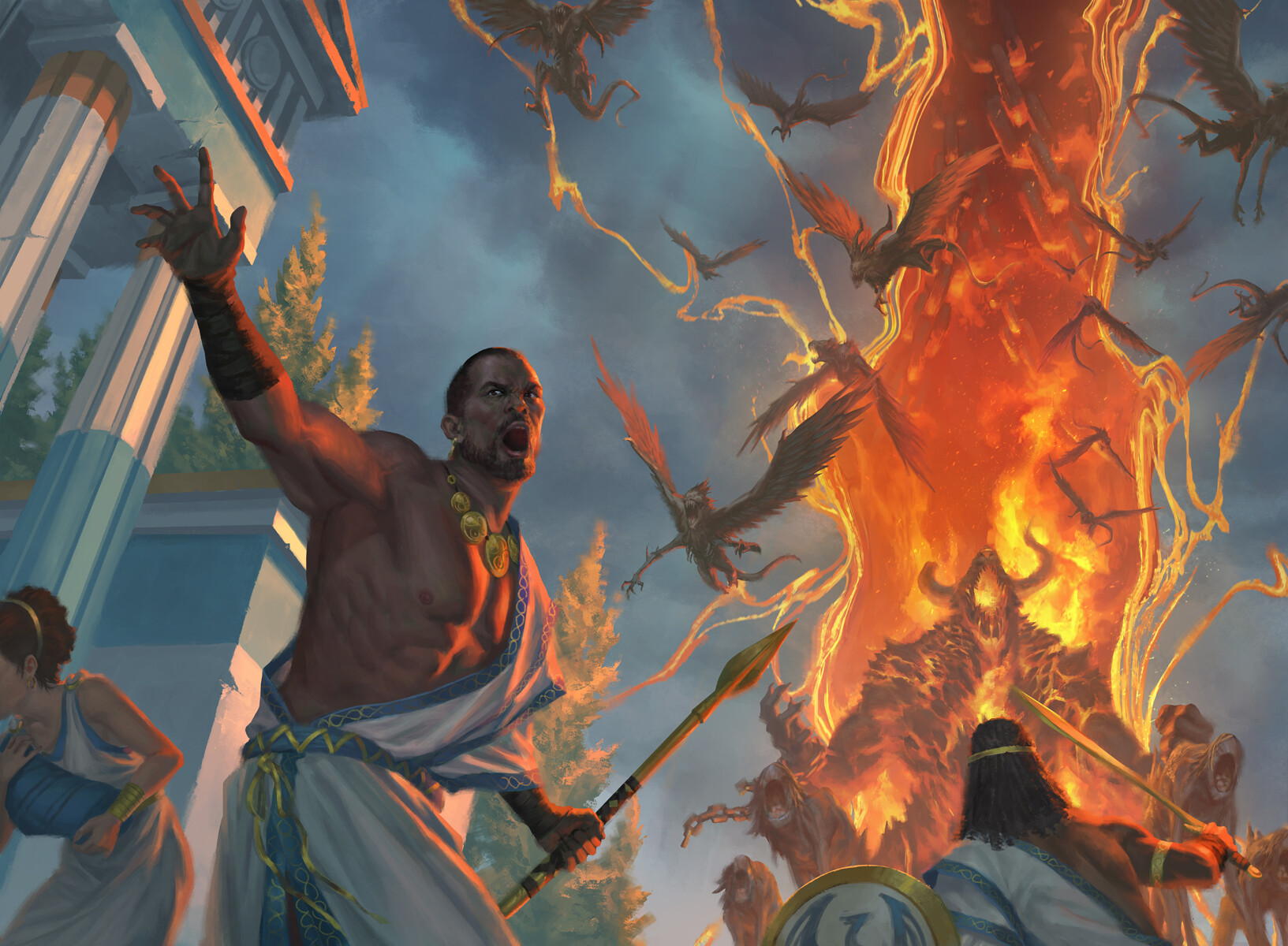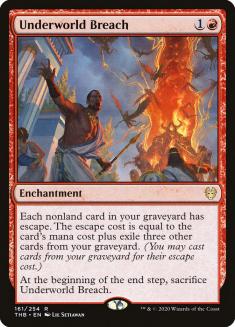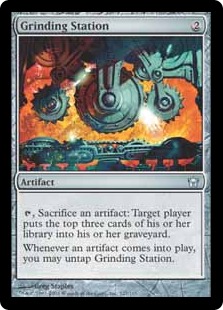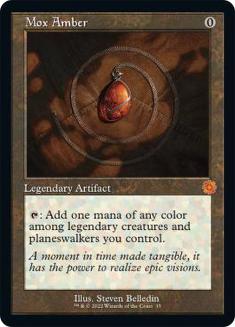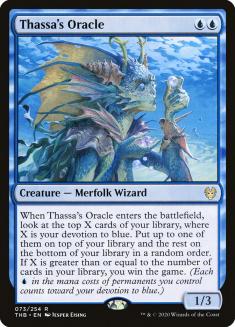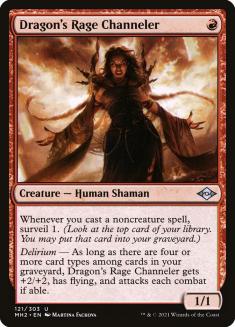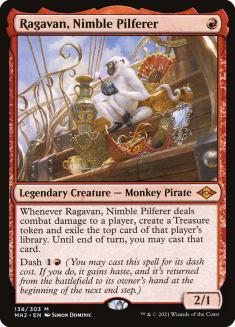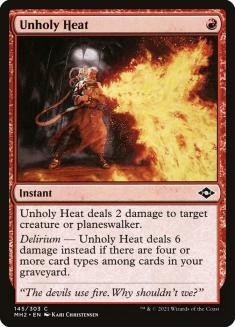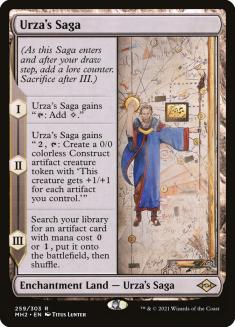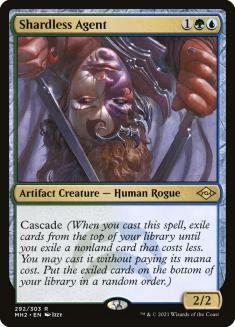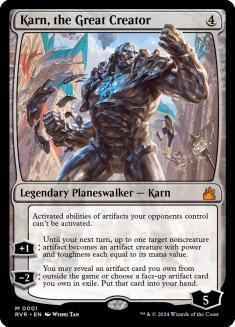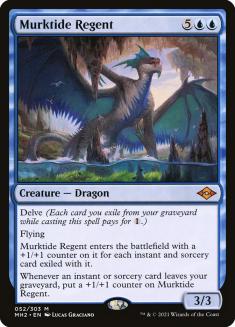In case you’ve been living under a rock since February 2020, Underworld Breach is a really messed-up Magic card (and some other stuff has happened too). That era of design pushed the envelope everywhere, but mainly on the most unfair ‘fair’ cards you’ve ever seen, from Oko, Thief of Crowns to Uro, Titan of Nature’s Wrath. Underworld Breach answers the question nobody asked: what if we pushed a combo enabler as hard as possible without the usual safeguards that decades of experience suggest we need?
Reality Ensues
Every Constructed format suffered the consequences. Lion’s Eye Diamond got Underworld Breach banned in Legacy within weeks, and pairing Breach with Black Lotus and Brain Freeze is still one of the best strategies in the no-holds-barred blood sport of Vintage. Breach powered the Lotus Breach combo deck that took the Pioneer Players Tour by storm, and when there was an explicit attempt to purge combo from the format that summer, Breach became the victim over the central mana engine in Lotus Field. This was a puzzling choice at the time, but it showed an understanding that it was only a matter of time before Breach caused further problems.
Modern sat in between as a curious exception. Our own Shaheen Soorani was an early proponent of Breach, winning his Regionals with a list featuring the infinite combo that has defined Breach decks in Modern until now. If you control Grinding Station, you can sacrifice a zero-cost artifact like Mishra’s Bauble or Mox Amber to mill yourself for three cards, which is conveniently the exact amount you need to escape that artifact and do it again. Once you have milled your whole deck this way, you can escape another Theros Beyond Death combo all-star in Thassa’s Oracle or go for another win condition like Grapeshot.
These early lists showed promise, but Modern was about to change dramatically. Companions; Omnath, Locus of Creation; and the big round of bans in February 2021 shook up the format and drew attention away from anything Breach-related.
Modern Horizons 2 breathed new life into Shaheen’s pet deck – even if we didn’t realize it right away.
Three Red Threats
The marquee trio of red one-drops played an important role in the Breach revival. Unholy Heat soon became the format’s premier removal spell, and Breach was well-placed to exploit it. Ragavan, Nimble Pilferer runs away with games here, as it does everywhere, but is also a much-needed enabler for Mox Amber. Dragon’s Rage Channeler is another cheap threat that opens up its own infinite combos with Breach (a trio of Channelers lets any noncreature spell pay its own escape cost) and makes the finite Breaches where you just string some spells together much stronger.
Urza’s Saga fit neatly into this shell too as yet another strong backup plan that could provide the free artifact to kick-start the combo or a lock piece to pair with Emry, Lurker of the Loch. Anyone who over-sideboarded against the combo or the card Underworld Breach could find themselves embarrassed by Ragavan and a pair of Construct tokens.
This core proved to be powerful enough that you can surround it with almost anything. This is where Grinding Breach finds itself in Modern right now – a flexible and powerful combo deck, but successful enough that it is now a known quantity. There are fewer free wins available, and opponents are better at sideboarding against you in a more balanced way.
A Better Breach
The dream for combo decks is making their combo pieces independently appealing. Mox Amber looks dangerous, but has consistently underperformed other than in combo decks like this. Meanwhile, Grinding Station is a stinker unless you are ready to go off right now. What if we could keep Breach as a game-ender without these weak links?
Creatures (10)
Planeswalkers (2)
Lands (18)
Spells (30)

This list that took an online Super Qualifier by storm replaces these artifacts with a minimal, non-deterministic combo package that lets you tear through your deck with Manamorphose – netting mana if you control Baral, Chief of Compliance – in search of Grapeshot, or just take enough game actions to bury the opponent in card advantage.
At that point, it looks tempting to shed these vestigial combo cards and become a fully fair Izzet deck that just plays the good cards you expect to see in all these shells and uses Breach as a way to go over the top in the mid-game. You can tell where this is going…
This approach looks more like a spiritual successor to the Izzet Midrange or Tempo deck (pick your preferred cursed term!) that has defined Modern since the release of Modern Horizons 2. The big philosophical difference is that this version is a lot more proactive, which avoids the tension between sorcery-speed cards like Expressive Iteration, Ledger Shredder, and Murktide Regent and reactive tools like Counterspell or Archmage’s Charm. Here, Breach plays like a build-your-own Magma Opus: you do enough assorted stuff that, after your Breach turn, you’re hopefully ahead on whatever metrics matter in a fair game.
The Right Way?
What if that’s the wrong fight? Without these reactive measures, you are reliant on creature removal like Unholy Heat and Lightning Bolt to interact with the opponent, and many of Modern’s scariest linear decks can ignore those entirely. The beatdown plan isn’t close to fast enough to race these decks, and these are matchups where you’d much rather have the threat of a Turn 3 kill via Underworld Breach + Grinding Station, even if that means having to put those Stations in your deck.
You can arrive at this take on Breach as a combo Breach player sick of drawing dead Grinding Stations or as an Izzet Tempo player in search of a new end-game. It’s no surprise that many players in this second camp still show up with a bunch of Spell Pierces and Counterspells in their deck to cover those bases.
Taking this route involves other sacrifices too. Murktide Regent is one of the best creatures ever printed and one of the biggest draws to Izzet Tempo in Modern, but it directly competes with Underworld Breach – it’s a sign of how spoiled these Izzet decks are that they can even consider that trade!
Murktide Regent can be surprisingly strong against soft or one-shot graveyard hate, as the opponent has to use it preemptively to shrink the graveyard before you can cast Regent, giving you time to stock the graveyard again. By contrast, anything that wipes out the graveyard can nullify an entire Underworld Breach. This, alongside the deck’s reliance on Dragon’s Rage Channeler, means that a card like Endurance, already a nuisance for typical Izzet Tempo or Grinding Breach, is suddenly strong against the entire deck.
Shadows Rising
Grixis Death’s Shadow might be a more natural way to achieve this synthesis, as it has already opted for proactive black disruption like Thoughtseize or Drown in the Loch over their reactive blue counterparts. Thoughtseize both clears the way for your Breach turn and can be an excellent card to recur at least once to shred the opponent’s hand. The titular Death’s Shadow is another threat that’s cheap enough to buy back with Breach and doesn’t rely on the graveyard, minimizing that weakness.
The Aggro Option
Sometimes being just ‘proactive’ isn’t enough. Sometimes you want to be aggressive.
Creatures (16)
Lands (17)
Spells (27)

Izzet Prowess was the deck to beat before the release of Modern Horizons 2 caused it to be supplanted overnight by the Izzet Tempo deck spearheaded by Murktide Regent. Underworld Breach reignited interest in the deck, and some quick maths will reveal why – even a modest Breach can represent three or more prowess triggers for each Monastery Swiftspear or Soul-Scar Mage (or secondary threats like Sprite Dragon and Third Path Iconoclast), racking up extra damage via Mutagenic Growth or Lightning Bolt each time. This isn’t Izzet Prowess so much as Mono-Red Prowess splashing Expressive Iteration – and Underworld Breach often looks like a turbocharged Expressive Iteration.
Where does that leave Underworld Breach as a card in Modern? Nobody would be surprised if Breach ends up banned in a few years, but I wouldn’t bring the hammer down yet. It can be very enriching for a format when the broken card somehow finds itself encouraging a balanced diversity, and the range of competitive but not overly dangerous decks in this article shows that Breach is offering that in Modern. I only hope we get some even more colourful additions to that list before long.

